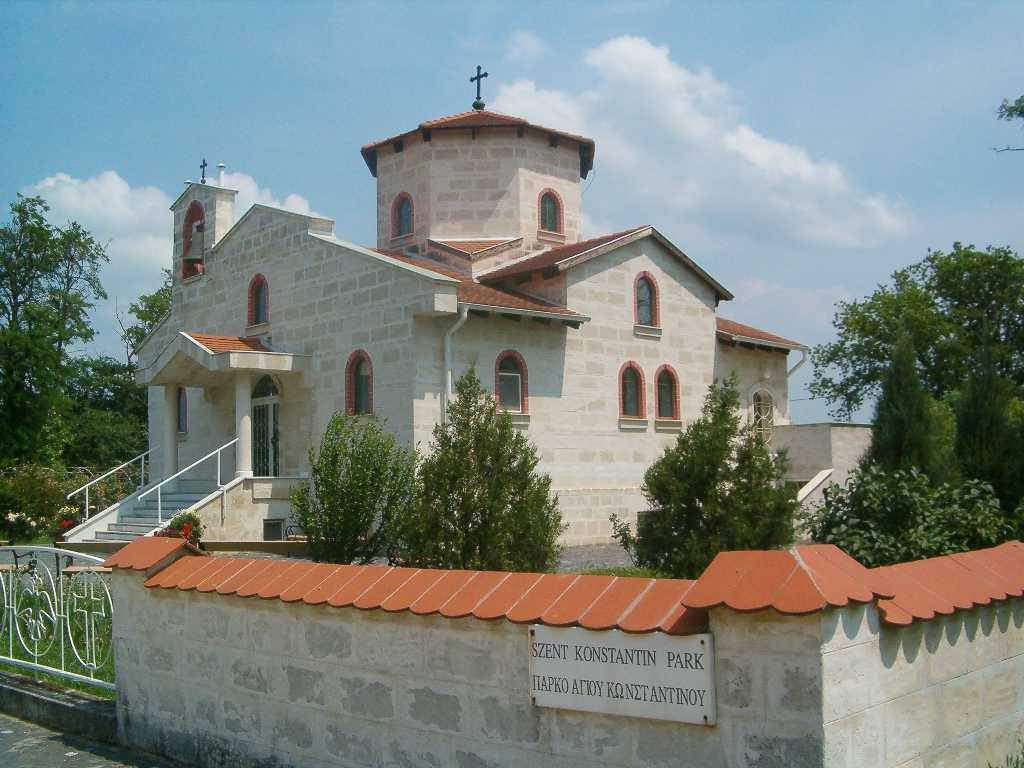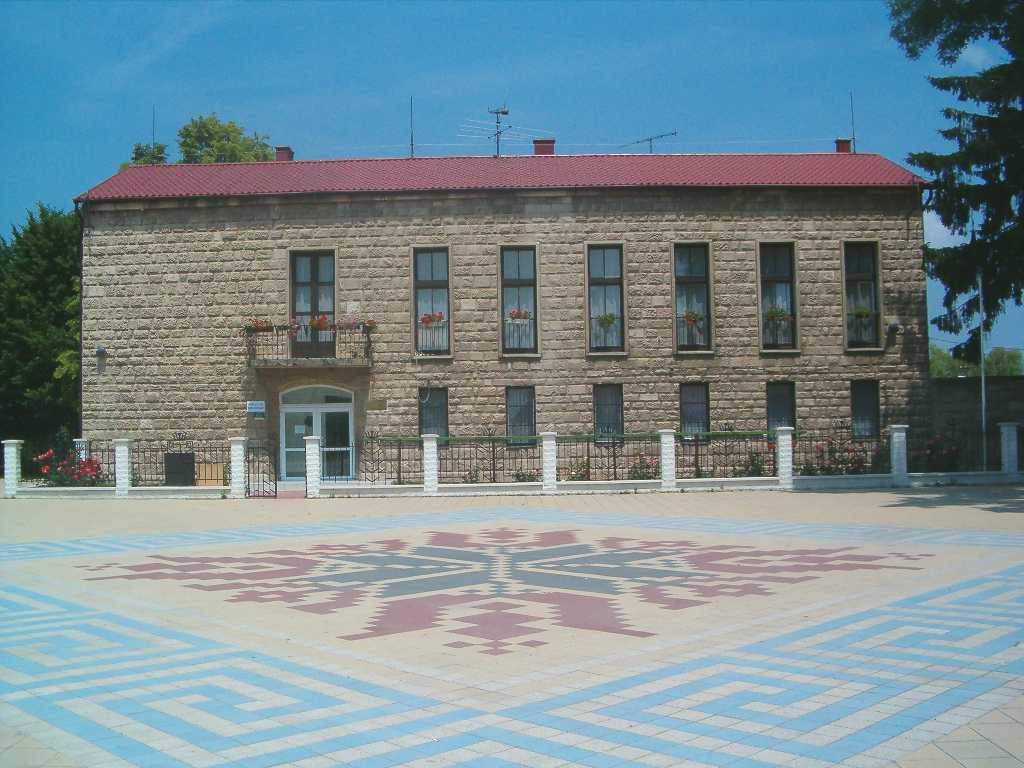Minorities in Hungary #2 – Greeks

Just like in the case of Croatians, Greeks also came to Hungary first because of the Ottomans: the flow of refugees began when Constantinople was conquered in 1453. The fleeing Byzantines went North and West, many of them ending up in Hungary. After the tripartition of Hungary in 1526 — due to the further Ottoman expansion — Greek refugees and merchants mostly centred in Transylvania. The second and the third wave arrived after the Treaty of Karlowitz and the Peace Treaty of Passarowitz, respectively. Pasha Ali also chased away many Greeks in 1769 by pillaging Moshopolis.
According to the correspondent Sulinet page, the acceptance of Greek merchants and artisans in Hungary was difficult. Their Hungarian rivals often sabotaged them. They could no purchase anything or build houses, churches or schools. Their activity was limited to transferring goods from the Ottoman Empire to Hungary and Austria. This type of commerce was profitable for the Austrian and the Hungarian economy as well. As a result of this, the authorities of the two countries began to submit new declarations from 1720 that provided more favourable circumstances for the Greeks.
The assimilation of the Greeks was also helped by Joseph II’s decree that allowed them to build their own Orthodox churches. Besides churches, Greek schools were also constructed. More than 30 Greek Orthodox church buildings were built in historical Hungary and almost as many Greek schools.
The most notable churches were built in Békés, Pest, Eger, Gyöngyös, Győr and Hódmezővásárhely.

When we talk about Greeks in Hungary, we cannot avoid mentioning Beloiannisz. It is one of the youngest settlements of Fejér County and was founded by Greek refugees, as Szeretlekmagyarorszag.hu reported. It can be found one hour of driving from Budapest.
The establishment and construction of the village began on 6 May 1950 and resulted in 400 housings which provided shelter for many Greek families.
They were members of the second Greek diaspora that was forced to leave its homeland. The reason for their flight is related to the Second World War and the conflict with Mussolini’s troops. As the Wehrmacht interfered with the struggle between Italians and Greeks, the response was the foundation of ELAS (Greek People’s Liberation Army). Their battalions liberated the territories which were occupied by the British after the Germans retreated. After ELAS was dismissed, the persuasion of communist rebels began, which lead to a devastating civil war. That was the reason that chased many Greeks away from their home country.
Hungary was considered to be a stable asylum, so Greeks began to immigrate in 1948.
The disinfectant in Váci Street was their first gathering spot, from where the healthy children were sent along to Fehérvárcsurgó, Balatonalmádi, Dég and Iszkaszentgyörgy. Tutors who came along the refugees educated them. As their numbers increased, they needed their own living space: it was the tobacco factory on the corner of Kőbányai Street and Hungária Avenue in Budapest.
The 400 families lived in very small rooms without any comfort. Though they were quasi-penniless, they stick to their customs, cuisine, music and other cultural features. They lived among those harsh circumstances like they were still in Greece.

As the tobacco factory was renovated, the building of “Görögfalva” (“Greekville”) had begun. This new settlement gave the refugees hope for reuniting with their families and find a permanent home.
The cooperation of Greeks and Hungarians let the new housings be built quickly. Everyone in the neighborhood helped by any means they could.
The settlement took up the name of Beloiannisz in 1952. The denominator of the village was a leading figure of the communist revolution who was taken to a concentration camp in the 1940s and was executed there.
Beloiannisz was the most populated in 1952 with 1850 dwellers. Soon after that, many Greeks had the opportunity to return to their home country. The settlement became more mixed ethnically as more and more Hungarians arrived, mostly tutors and members of mixed marriages.
The local Greek school, which was built in 1951, is still in function today. Most of the students attend Greek language courses besides their compulsory education. Beloiannisz celebrates both Hungarian and Greek national holidays, thus giving a cultural diversity to the community.
Approximately 4,000 Greeks live nowadays in Hungary as an official minority.
These people intend to preserve their identity, language and customs and remain Hungarian citizens at the same time. The Hungarian National Assembly’s regulation concerning the rights of national and ethnic minorities provide an opportunity for the Greeks living in Hungary to remain loyal to their culture and identity even far away from Greece.
Source: Sulinet.hu, Szeretlekmagyarorszag.hu, Daily News Hungary





